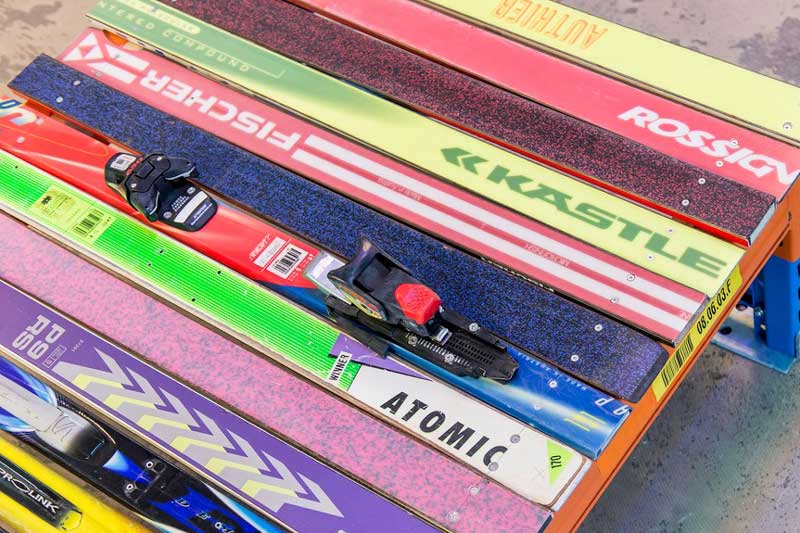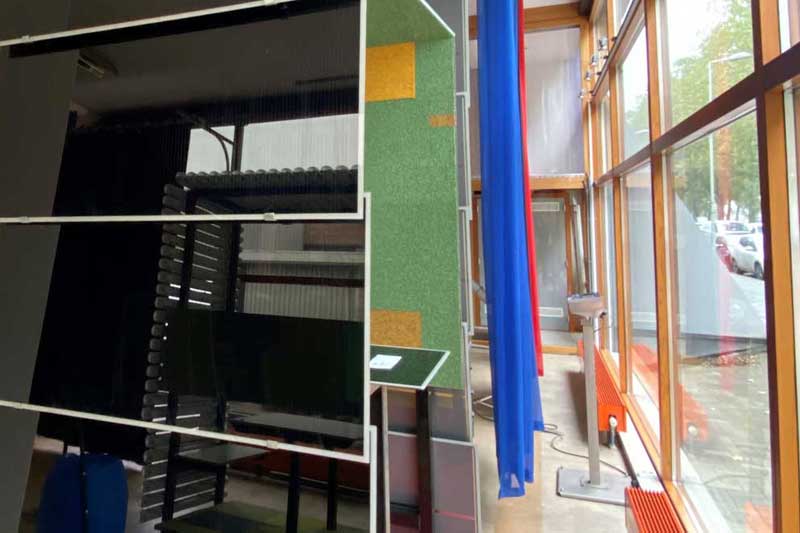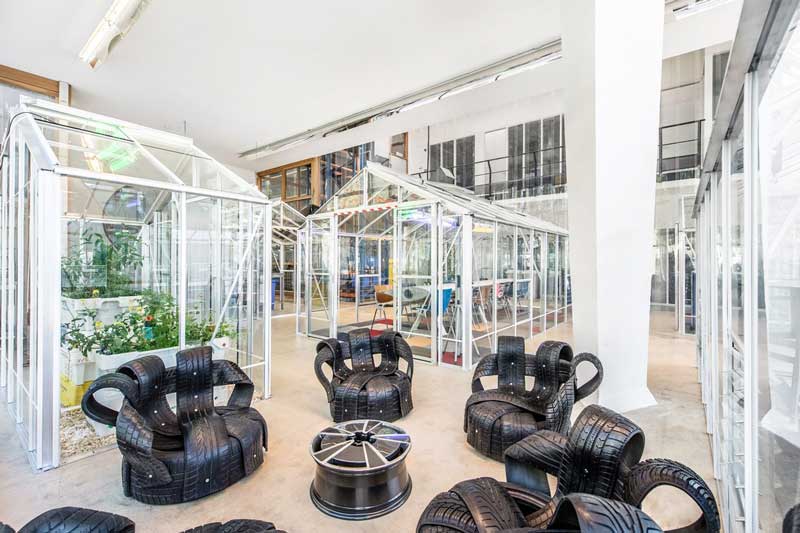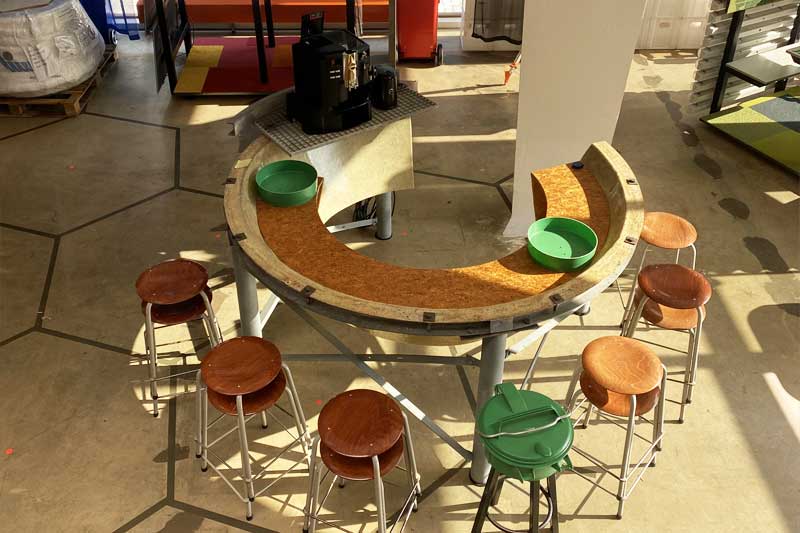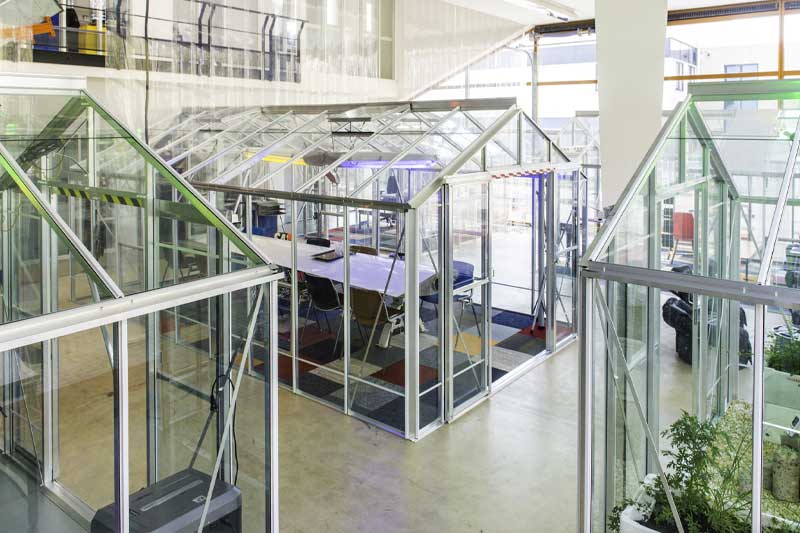Webinar: CSRD, How to start? | Watch our on demand webinar
Download

Our different view on waste
Milgro always strives for profitable sustainability in its collaborations. In other words:
Earth and earn together
When Milgro moved into its current premises on Pittsburgh Street in 2013, earth was central to its concept for office design and end-of-use materials were chosen. By giving materials another function (rethink), we extend the use of these raw materials.
But we want to 'save' more than just this residual material; by reusing these end-of-use products we want to show that many products and materials have lost their way. For us, waste is a raw material that has lost its way. To stop losing raw materials, we need to start transferring and being able to track consumed raw materials. The waste phase is then avoided and all consumed raw materials can be reused after treatment, without impacting our nature. In this scenario, a circular economy, our office would be virtually empty.
Thus, our office furnishings are constructed from residual materials. Curious glances from passersby are regularly cast through our windows. After all, working in a greenhouse, meeting on a windmill blade or generating your own electricity via an exercise bike; it's not everyday.
And that makes our office environment not only pleasant to work in, but above all inspiring.
Milgro's special office
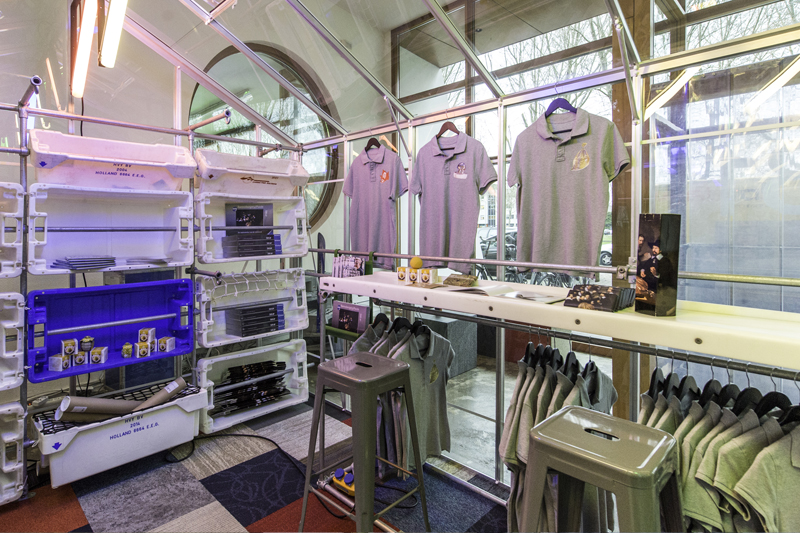
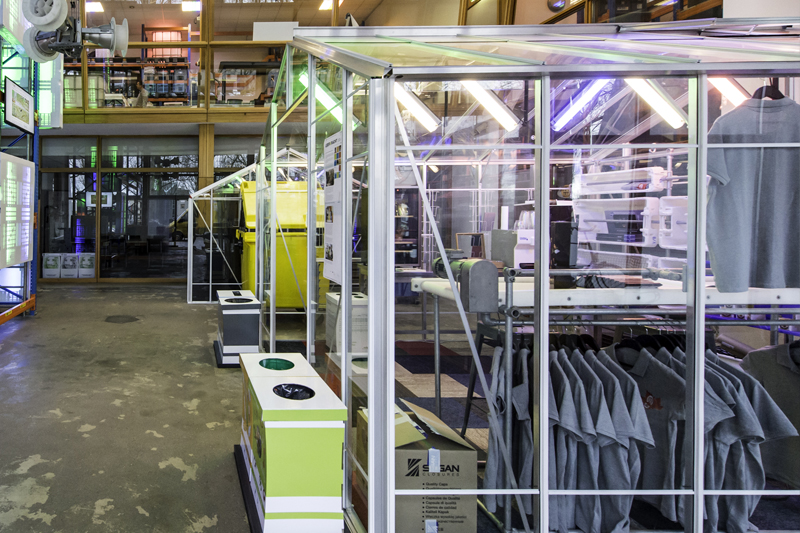
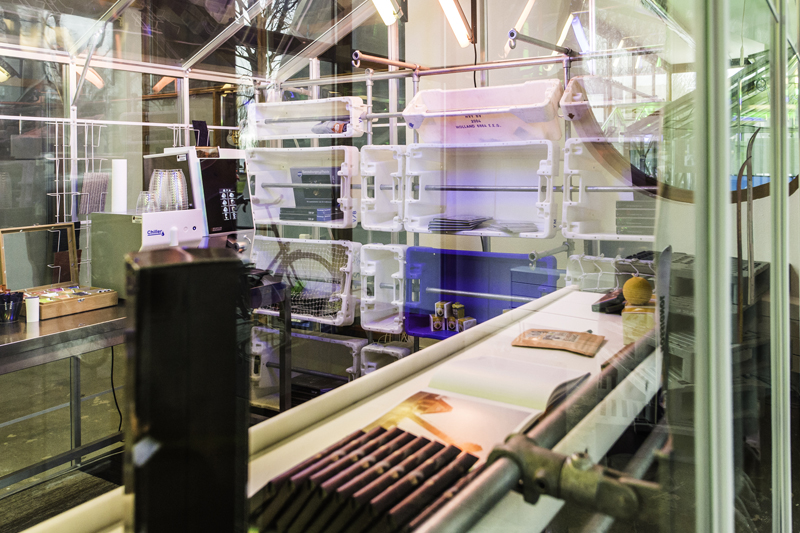
circular office museum
Together, the objects in our office form a circular museum, as it were. It even has its own museum shop. There is a varied collection of books, clothing and utensils on display that match Milgro's vision.
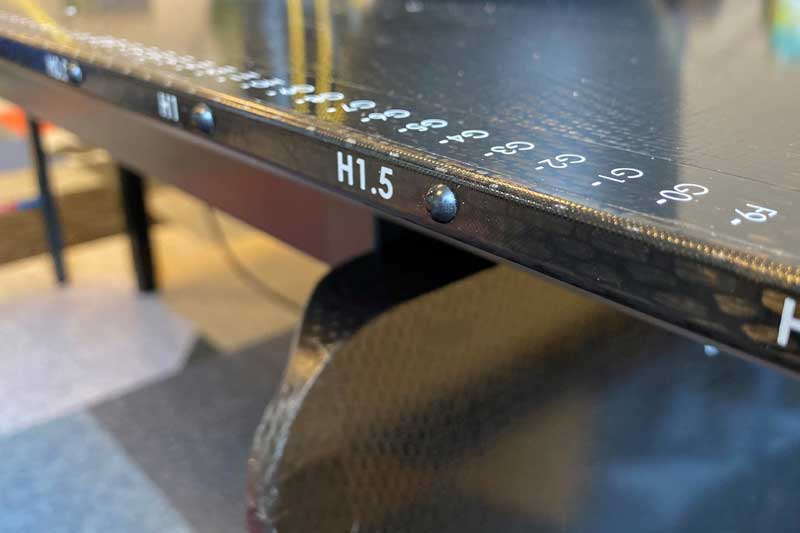
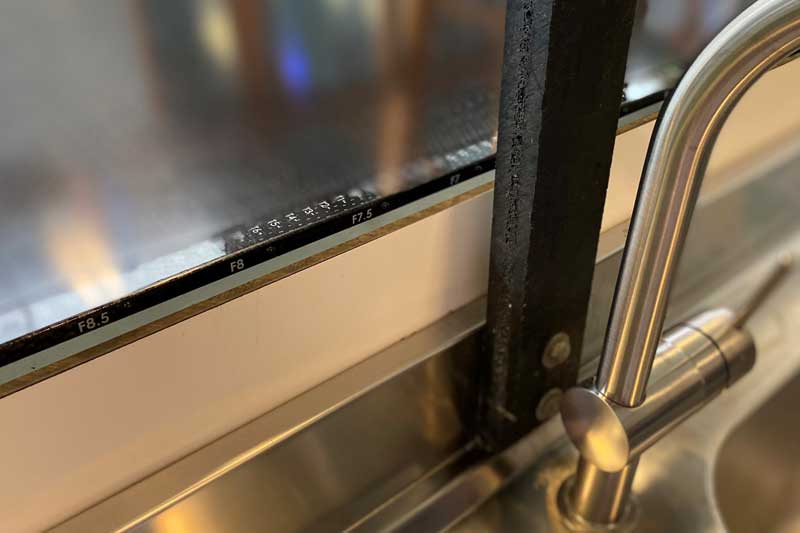
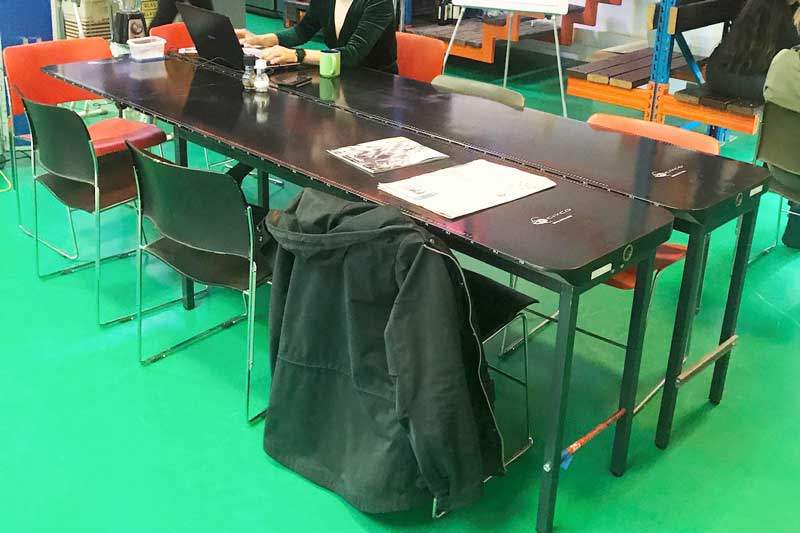

MRI top in our canteen
We are happy to put a cup of coffee on it. But actually our canteen tables are very expensive. Originally this very expensive top of kevlar served as a stretcher in an MRI scanner.
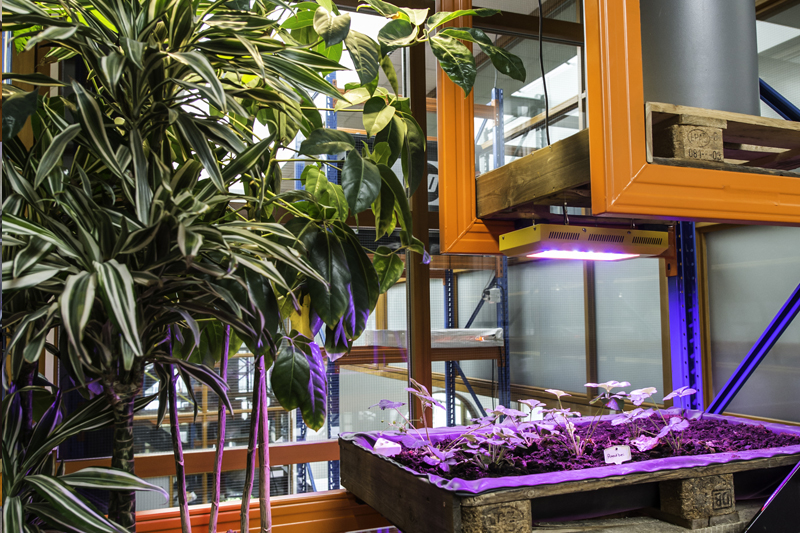



biosphere
Two towers with cycles can be found in our stairwell; the biosphere and the technosphere. In the biosphere we mimic the natural cycle. Water is collected from the roof as nourishment for the plants which then convert CO2 into oxygen and produce vegetables, fruit or flowers.

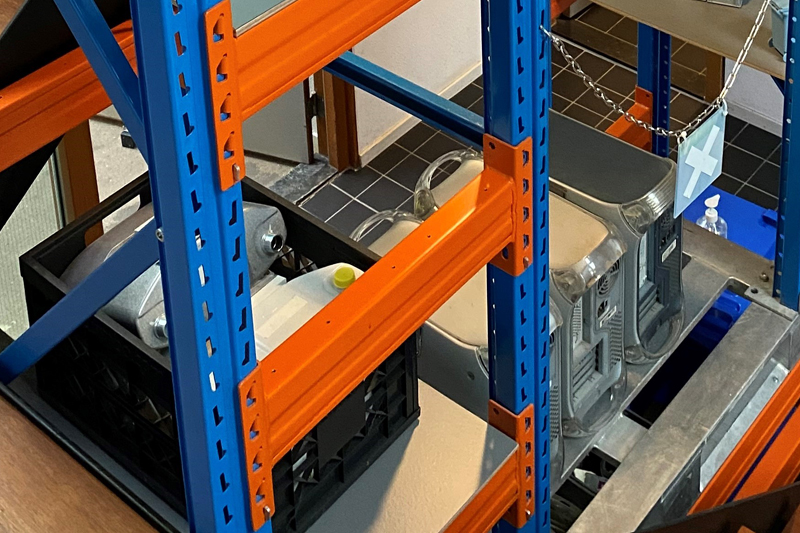

technosphere
The technosphere is the city mine that houses our stock of materials that are limited in availability and not easy to recreate. Think of fossil fuels, plastics and metals. Good management, such as in our city mine, is important. For example, after use, we recover the materials from residual flows with their original value.
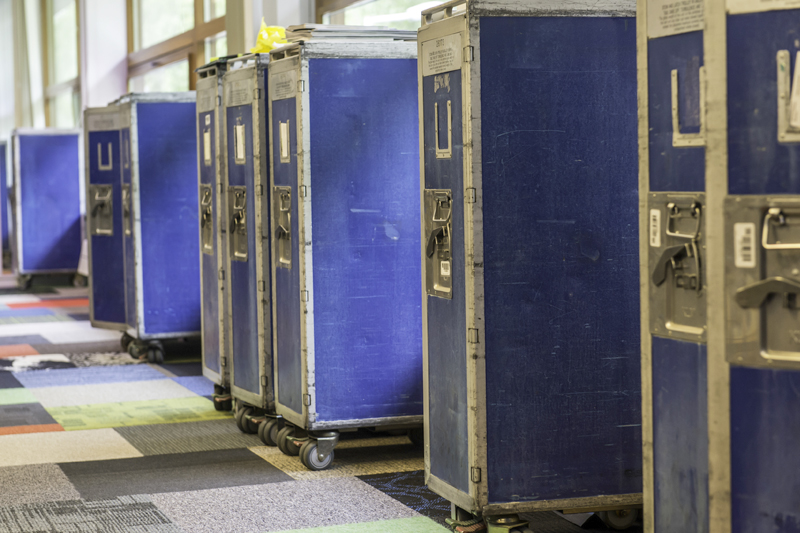
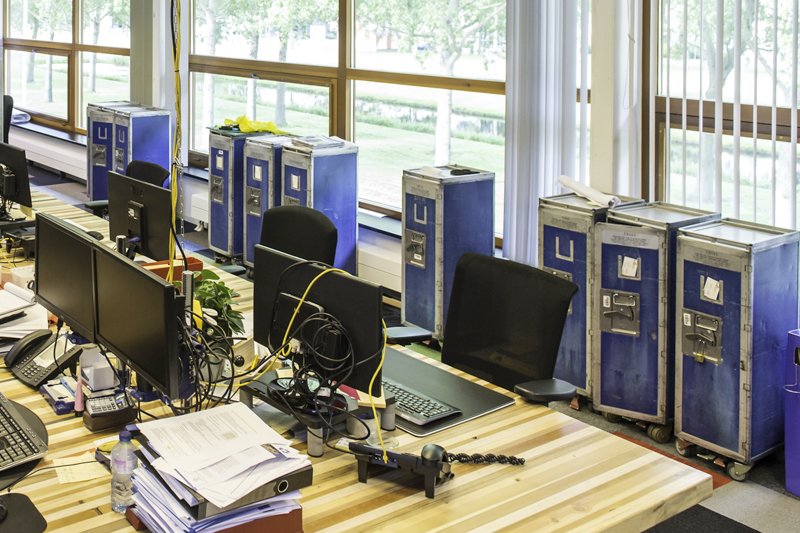
KLM trolley next to your desk
These KLM trolleys have seen the whole world. Now it is in every workplace, as a drawer unit next to our desks. The blades of which are made from a batch of waste wood.
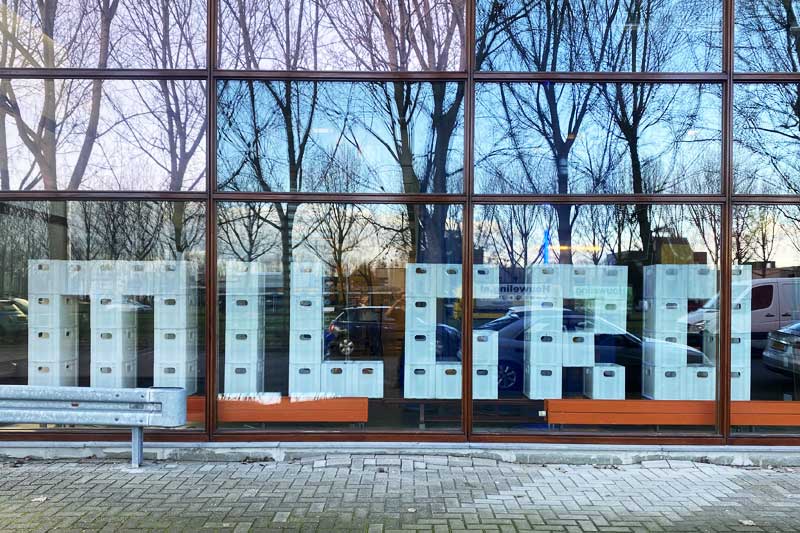
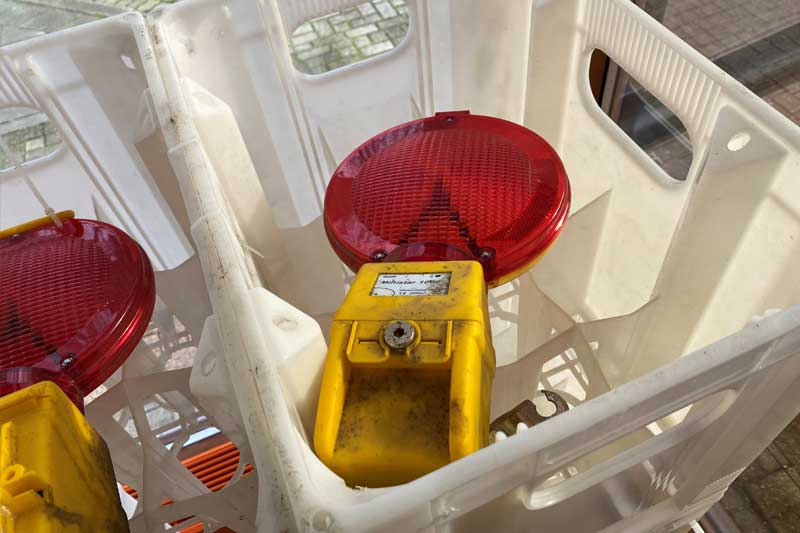
MILGRO letters
From the street side, it is clear to see that Milgro is housed in the building, because of the stacked crates in the letters MILGRO. The crates were once used to transport drinks, but have also been part of an exhibition in Museum Boijmans Van Beuningen as building blocks. At night, the letters are illuminated by means of safety lighting used by road workers. The whole is on old gym benches from college.
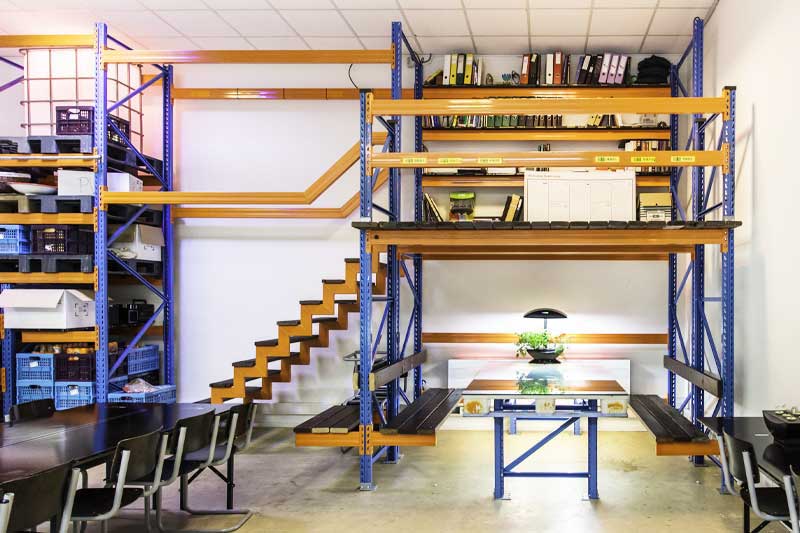
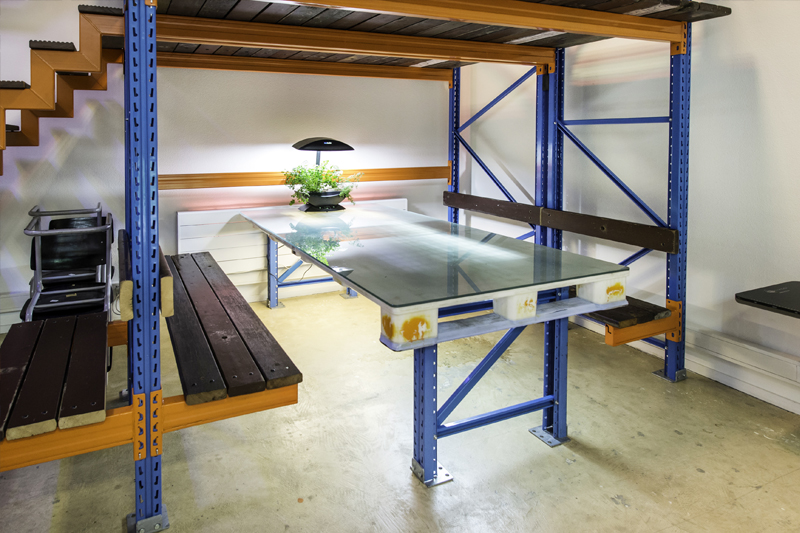
Milgro library
In our canteen, the small raised terrace of an old pallet rack is a striking item. The terrace serves as a library; you will find important items from Milgro's nearly thirty-year history. The shelves in the library are made from a 24-part encyclopedia series.
Under the terrace is a seat made of old park benches from Scheveningen. The tray, on which Milgro employees regularly have lunch, is made from a plastic pallet from the food industry.




biosphere
Two towers with cycles can be found in our stairwell; the biosphere and the technosphere. In the biosphere we mimic the natural cycle. Water is collected from the roof as nourishment for the plants which then convert CO2 into oxygen and produce vegetables, fruit or flowers.


KLM trolley next to your desk
These KLM trolleys have seen the whole world. Now it is in every workplace, as a drawer unit next to our desks. The blades of which are made from a batch of waste wood.


MILGRO letters
From the street side, it is clear to see that Milgro is housed in the building, because of the stacked crates in the letters MILGRO. The crates were once used to transport drinks, but have also been part of an exhibition in Museum Boijmans Van Beuningen as building blocks. At night, the letters are illuminated by means of safety lighting used by road workers. The whole is on old gym benches from college.
If this video from a few years ago shows anything, it is that our office is also evolving. Conference rooms and our museum shop have now been added to the interior, among other things. Would you like to admire the most current version? We are happy to give you a tour through our unique office. During the tour you will see how our working environment fits in with our clear vision: 'waste is a raw material that has lost its way.'









